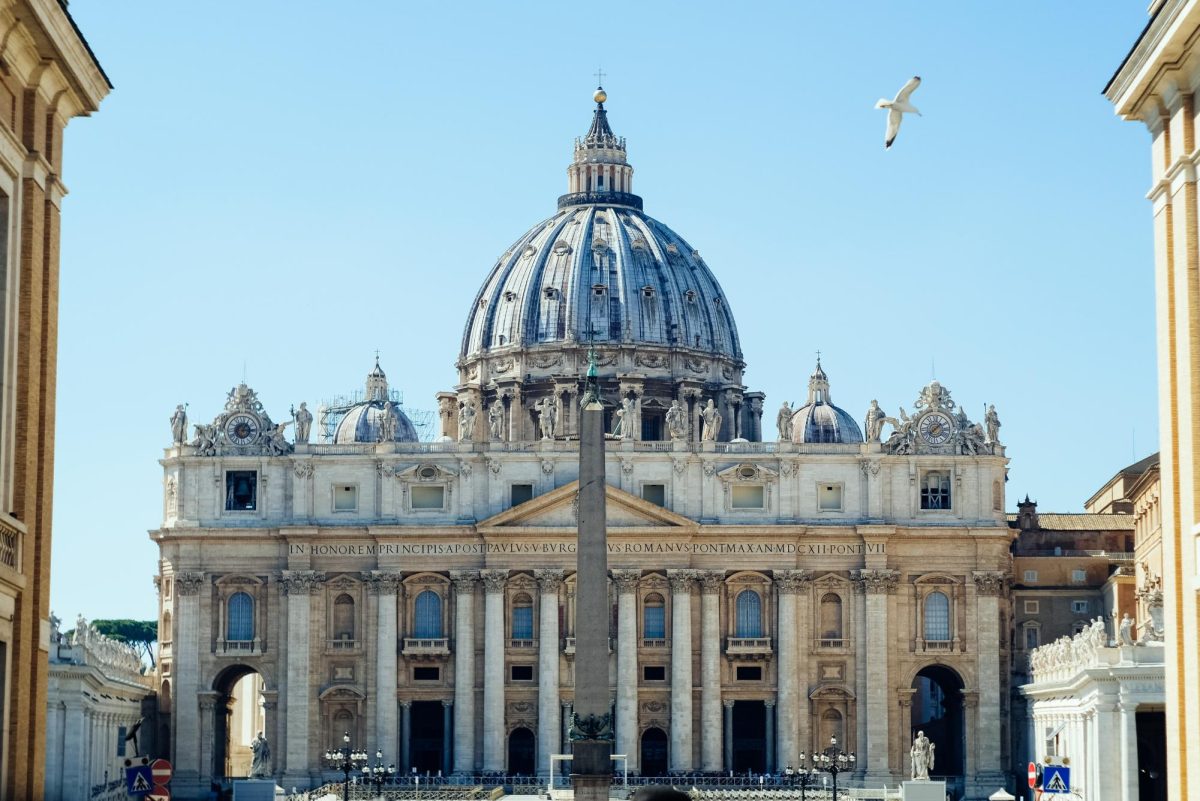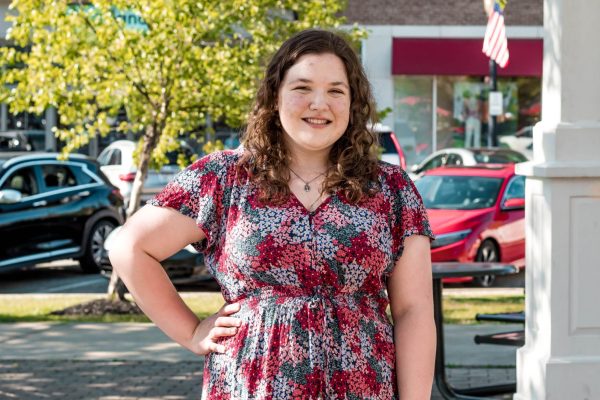Back in 2020, Pope Francis announced the Synod on Synodality, a three year process that involves dialogue between bishops, priests, religious and laity. More specifically, the Synod on Synodality is a way to finalize, strengthen and resolve the questions of the various disciplines of the Church.
The United States Conference of Catholic Bishops (USCCB) states that, through this exchange of conversation (first at the parish and diocesan level and then to the Vatican) “…the Church will be able to learn through Her experience which processes can help Her to live communion, to achieve participation, to open Herself to mission.”
Many people at John Carroll University would probably not care about being involved in something like this. However, it was something that I, as an ambitious and faith-filled 17 year old, took advantage of.
Fast forward to April of 2022, I figured that I could partake in this exchange of dialogue and listening. After all, the parish I went to growing up is the third-largest in the Diocese of Cleveland. Naturally, it was important for me to be there to represent the youth.
The meeting between the members of the parish was absolutely wonderful. There was some good discussion that focused on getting the youth more involved in the Church. Everyone was focused on that point and it made me feel like for once, the Catholic Church was unified.
Unfortunately, in 2023, that didn’t end up being the case.
I originally thought that this Synod would be a way to make the Catholic Church more unified. However, it appears to have made the Church more divisive, all thanks to the poor media coverage of this event and the ongoing politics of the papacy.
Some are stating that this Synod is radically changing the doctrine of the church, with the
ordination of women as an example of a topic on the table. However, the coverage of what politics would deem as more “liberal” is being shown more with the mainstream media, like CBS News, Fox News, NPR and the Washington Post.
However, you won’t find anything that is regarded as “progressive” or “liberal” in Pope Francis’ agenda during the Synod in every source in the media. News sources that come from the Catholic Church, like the National Catholic Register and the USCCB, claim that all of the statements made by Pope Francis to make such drastic changes, like the ordination of women in the Church, have very slim chances of actually happening. To change doctrine like that is very difficult to achieve, so it should be easy to see that the news agencies who are on the left are bringing up information that they hope to become reality.
But this is where the news industry fails in its mission. It is making the public confused about what is happening during a monumental time in the history of the Church. It is making society believe that the Church will change to fit the standards of the world, which is not the case.
Much to the dismay of the world, the teachings of the Church will not be easily changed, even with the Synod. It is precisely because of the misinformation portrayed by the media that makes society believe the Church is divided. In reality, the Church will continue to be united, even in the midst of the media trying to prove otherwise.



